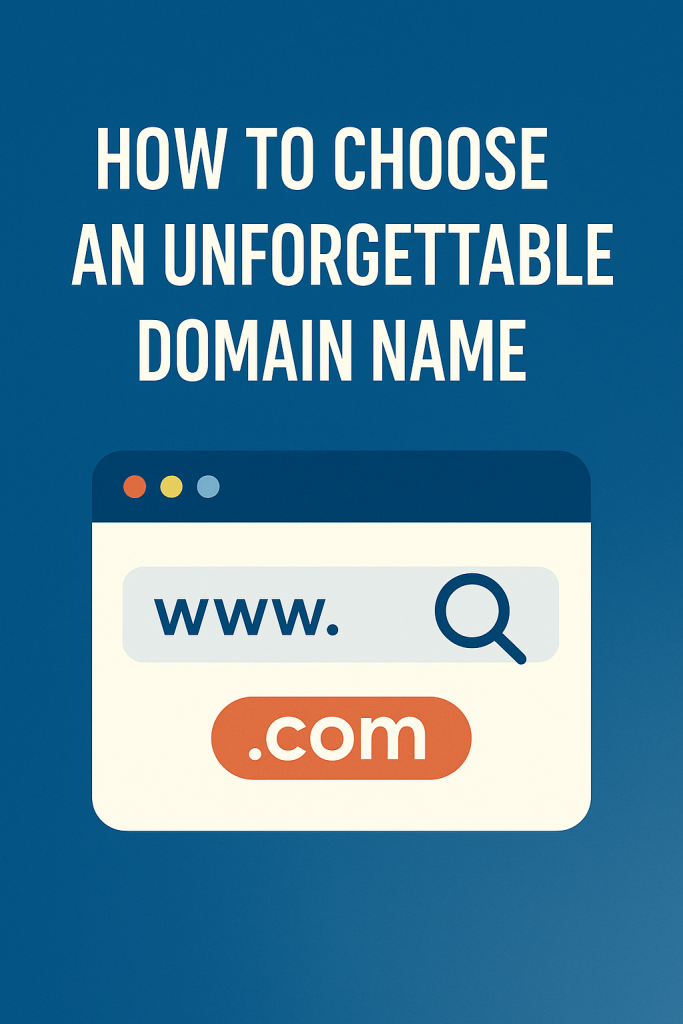Introduction
In today’s fiercely competitive business world, creative advertising campaigns are no longer optional—they are essential. The most successful brands are those that dare to think differently, challenge norms, and stir emotions through their storytelling. From globally recognized taglines to campaigns with bizarre yet impactful approaches, advertising has evolved from mere promotion into a dynamic form of consumer engagement.
In this article, we’ll explore some of the most iconic and strange advertising campaigns in recent history, the strategic use of social media, and how these campaigns influence consumer behavior today.
What Are Advertising Campaigns and Why Do They Matter?
An advertising campaign is a coordinated series of messages delivered across multiple platforms with a consistent theme to promote a product, service, or idea. The ultimate goal is to boost brand visibility, influence consumer decision-making, and drive sales. Campaigns can vary from traditional formats like TV and print ads to digital-first strategies involving social media, influencer partnerships, and viral content.
Iconic Advertising Campaigns That Left a Mark
1. Nike – “Just Do It”
Launched in 1988, this campaign is arguably one of the most influential in marketing history. “Just Do It” wasn’t just a slogan—it was a call to action that resonated with people from all walks of life. Nike positioned itself not just as a sportswear brand, but as a lifestyle motivator that champions human potential. Even today, the phrase continues to inspire millions.
2. Coca-Cola – “Share a Coke”
First launched in Australia in 2011, Coca-Cola’s personalized “Share a Coke” campaign invited consumers to find bottles with their names—or the names of friends—on them. The genius of this campaign was its emotional connection; people felt seen, valued, and compelled to share their experience on social media. It transformed Coca-Cola from a product to a personalized experience.
3. Dove – “Real Beauty”
Dove broke the mold with its “Real Beauty” campaign by challenging conventional beauty standards. Instead of showcasing idealized models, Dove featured real women of various shapes, sizes, and ethnicities. This powerful move not only redefined beauty in advertising but sparked global conversations about self-esteem and authenticity.
The Strangest Campaign Concepts That Actually Worked
1. The Ice Bucket Challenge
Originally a grassroots initiative for ALS awareness, the Ice Bucket Challenge morphed into a viral sensation in 2014. The idea was simple—dump a bucket of ice water over your head, post it online, and challenge others to do the same. While not a traditional ad campaign, it demonstrated the immense potential of user-generated content and social virality in cause marketing. It raised over $115 million for ALS research.
2. Audi – “ThisAbles”
In a campaign that blended innovation with social responsibility, Audi launched “ThisAbles,” a project that introduced 3D-printed accessories to make their vehicles more accessible for people with disabilities. The campaign not only positioned Audi as a forward-thinking brand but also highlighted inclusivity in a way rarely seen in the auto industry.
3. “Meet Graham” – Road Safety Campaign
Commissioned by the Transport Accident Commission of Victoria, Australia, the “Meet Graham” campaign introduced a surreal human model engineered to survive car crashes. With distorted features and exaggerated body parts, Graham was a visually jarring representation of road safety. The message was clear and haunting—humans are not built to withstand high-speed impacts, and road safety is vital.
The Role of Social Media in Amplifying Campaigns
Social media has transformed advertising from a one-way broadcast into a two-way conversation. Platforms like Instagram, X (formerly Twitter), and TikTok allow brands to engage directly with their audience in real-time. Hashtag challenges, live streams, interactive polls, and personalized content all play a role in amplifying a campaign’s reach.
For example, Coca-Cola’s “Share a Coke” leveraged Instagram and Facebook to encourage users to post photos with their personalized bottles, turning customers into brand ambassadors. Similarly, the Ice Bucket Challenge thrived on Facebook and YouTube, with celebrities and influencers amplifying its reach.
How Advertising Campaigns Influence Consumer Behavior
1. Emotional Appeal
Successful campaigns often tap into human emotion—be it joy, nostalgia, pride, or even fear. By forming an emotional bond, brands become memorable. Dove’s Real Beauty campaign empowered women, while Nike’s “Just Do It” evoked determination and resilience.
2. Social Proof and Virality
When people see others engaging with a campaign, it creates a domino effect. The success of the Ice Bucket Challenge is a textbook example of social proof—a psychological phenomenon where people mirror the actions of others in uncertain situations.
3. Changing Perceptions and Norms
Some campaigns challenge societal norms and encourage critical thinking. For instance, Dove questioned mainstream beauty ideals, while Audi highlighted the need for accessibility. These campaigns not only sell products but also influence broader cultural narratives.
Conclusion
Advertising campaigns are more than just a way to sell—they’re a storytelling mechanism, a behavioral trigger, and in many cases, a force for social change. Whether through emotionally charged narratives, quirky viral challenges, or disruptive visuals, the most effective campaigns are those that resonate on a deeper level.
As the landscape continues to evolve with AI-driven marketing, immersive AR/VR experiences, and hyper-personalized content, one thing remains unchanged: creative thinking is the cornerstone of great advertising.
Brands that dare to innovate, understand their audience, and leverage technology meaningfully will continue to lead the way in shaping not just the market—but society itself.

